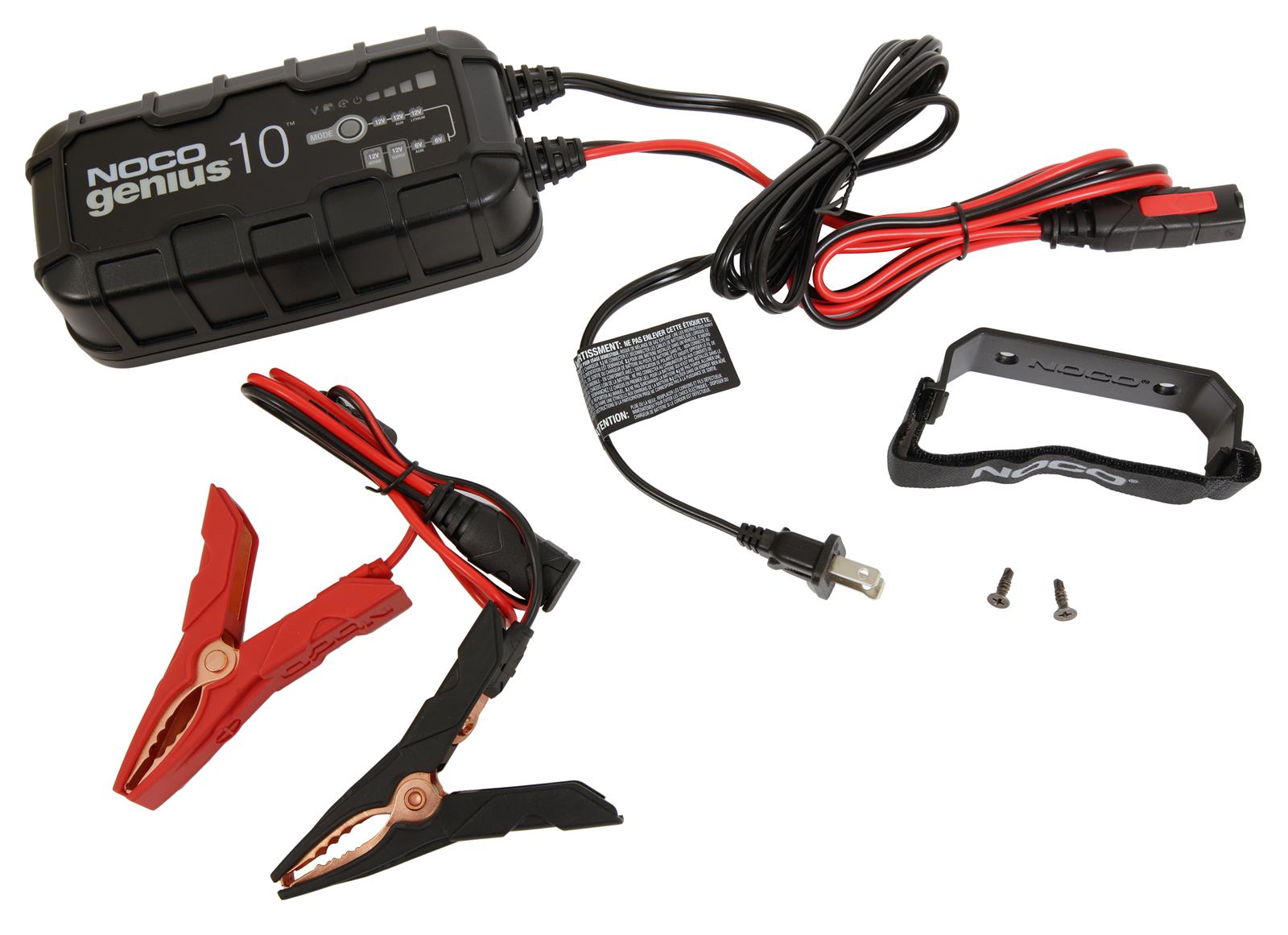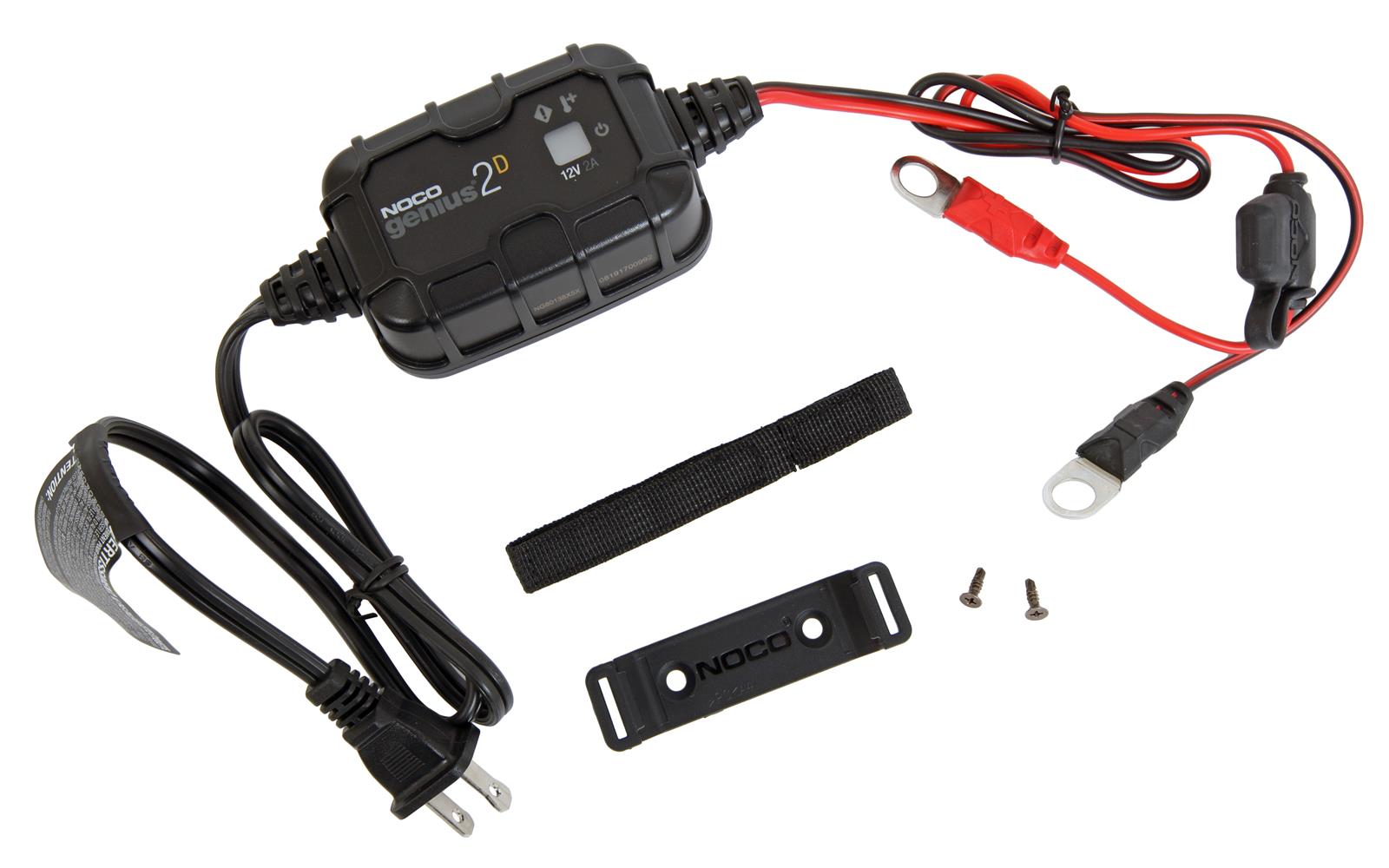gmthaze
Newbie
I got a '88 C1500 last year from my father in law. The first few months it drove fine (not a daily driver) but then decided to stop starting so I went looking and found a corroded battery cable and replaced it. It worked fine after this but during the winter, I didn't drive it much.
I tried to crank it last week and no start. I found the side terminal bolt was stripped and was loose, so I replaced it and tightened it right up, gave the battery a jump and let it ran. Truck started and drove for about 15 minutes no issue, I went out about an hour later and started back up. I tried to start it last night but again didn't start. It was late so I didn't diagnose more but looking for some help.
I am not very skilled with cars so not sure what to check. I think I have a bad ground since the radio whines. There is nothing on to kill the battery either.
TIA
I tried to crank it last week and no start. I found the side terminal bolt was stripped and was loose, so I replaced it and tightened it right up, gave the battery a jump and let it ran. Truck started and drove for about 15 minutes no issue, I went out about an hour later and started back up. I tried to start it last night but again didn't start. It was late so I didn't diagnose more but looking for some help.
I am not very skilled with cars so not sure what to check. I think I have a bad ground since the radio whines. There is nothing on to kill the battery either.
TIA



